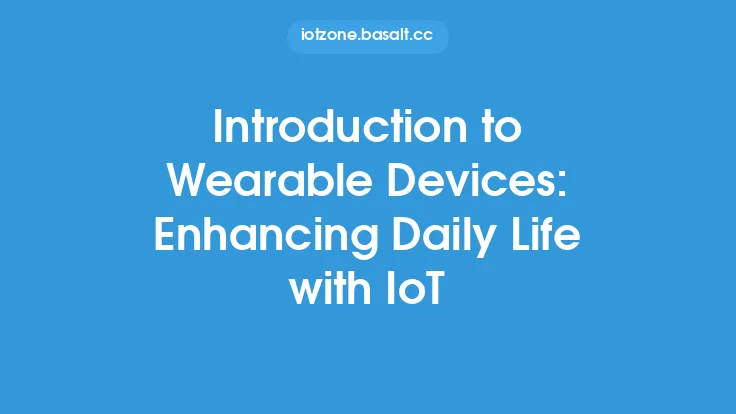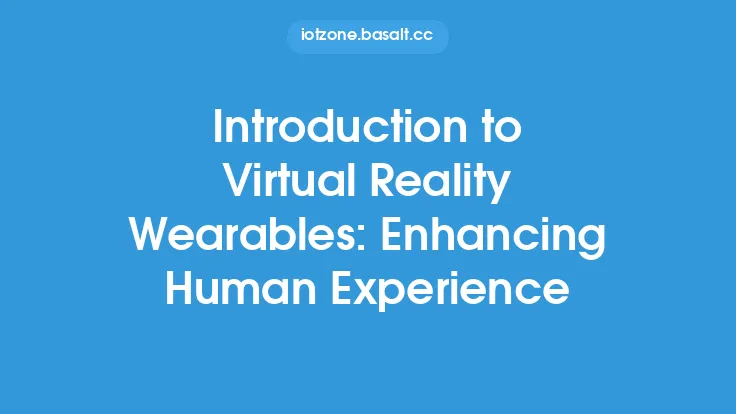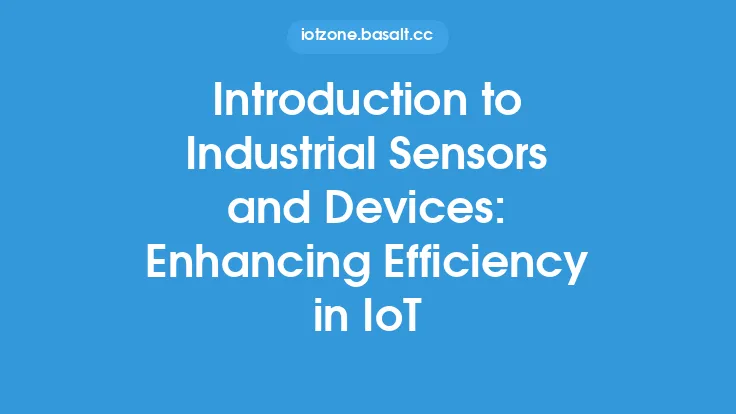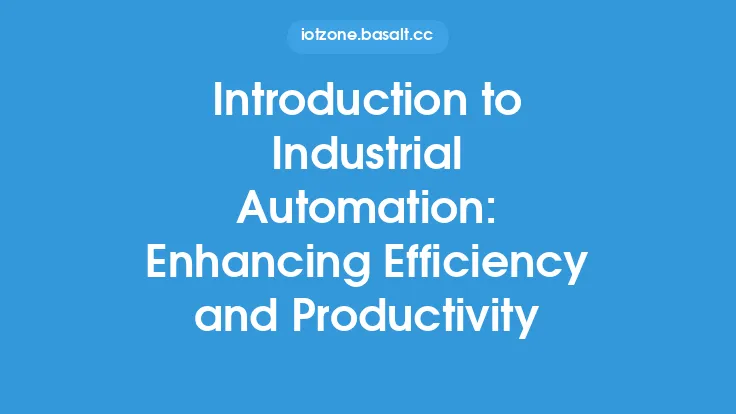The Internet of Things (IoT) has revolutionized the way we live, work, and interact with our surroundings. At the heart of this revolution are IoT enabled devices, which have transformed everyday life by providing unprecedented levels of convenience, efficiency, and innovation. These devices have permeated various aspects of our lives, from simple household appliances to complex industrial systems, and have enabled us to control, monitor, and optimize our environment in ways that were previously unimaginable.
What are IoT Enabled Devices?
IoT enabled devices are physical objects that are embedded with sensors, software, and connectivity capabilities, allowing them to collect and exchange data with other devices and systems over the internet. These devices can range from simple sensors and actuators to complex systems and machines, and are designed to perform a wide range of functions, from monitoring and control to automation and optimization. IoT enabled devices can be found in various forms, including consumer products, industrial equipment, and infrastructure, and are used in a variety of applications, from smart homes and cities to industrial automation and healthcare.
Key Components of IoT Enabled Devices
IoT enabled devices typically consist of several key components, including sensors, microcontrollers, communication protocols, and software. Sensors are used to collect data from the environment, such as temperature, humidity, and motion, while microcontrollers process and analyze this data. Communication protocols, such as Wi-Fi, Bluetooth, and cellular networks, enable devices to connect to the internet and exchange data with other devices and systems. Software, including operating systems and applications, provides the intelligence and functionality that enables devices to perform specific tasks and functions.
How IoT Enabled Devices Work
IoT enabled devices work by collecting data from the environment, processing and analyzing this data, and then performing specific actions or functions based on this analysis. For example, a smart thermostat can collect data on temperature and humidity, analyze this data to determine the optimal heating and cooling settings, and then adjust the temperature accordingly. IoT enabled devices can also communicate with other devices and systems, enabling them to coordinate and optimize their actions. For instance, a smart lighting system can communicate with a smart thermostat to adjust the lighting levels based on the temperature and occupancy of a room.
Benefits of IoT Enabled Devices
The benefits of IoT enabled devices are numerous and far-reaching. They can enhance convenience, efficiency, and innovation, while also providing cost savings, improved safety, and increased productivity. For example, smart home devices can automate routine tasks, such as turning on and off lights, while industrial automation systems can optimize production processes and improve product quality. IoT enabled devices can also provide real-time monitoring and feedback, enabling users to track and optimize their energy consumption, water usage, and other resources.
Technical Requirements for IoT Enabled Devices
The technical requirements for IoT enabled devices vary depending on the specific application and use case. However, some common requirements include low power consumption, high reliability, and secure communication protocols. IoT enabled devices must also be able to operate in a variety of environments, from harsh industrial settings to consumer homes and offices. Additionally, they must be able to integrate with other devices and systems, and provide real-time data and feedback to users. Some common technical specifications for IoT enabled devices include processor speed, memory capacity, and communication protocols, such as Wi-Fi, Bluetooth, and cellular networks.
Future of IoT Enabled Devices
The future of IoT enabled devices is exciting and rapidly evolving. As technology continues to advance, we can expect to see even more innovative and sophisticated devices that can perform a wide range of functions and tasks. Some emerging trends in IoT enabled devices include the use of artificial intelligence and machine learning, the development of edge computing and fog computing, and the integration of IoT with other technologies, such as augmented reality and blockchain. As the number of IoT enabled devices continues to grow, we can expect to see new applications and use cases emerge, from smart cities and infrastructure to industrial automation and healthcare.
Challenges and Limitations of IoT Enabled Devices
While IoT enabled devices offer many benefits and advantages, they also pose several challenges and limitations. One of the main challenges is security, as IoT enabled devices can be vulnerable to hacking and cyber attacks. Additionally, IoT enabled devices can generate vast amounts of data, which can be difficult to manage and analyze. Furthermore, the integration of IoT enabled devices with other systems and devices can be complex and challenging, requiring significant investment in infrastructure and technology. Finally, the rapid evolution of IoT technology can make it difficult for devices to remain compatible and up-to-date, leading to issues with interoperability and obsolescence.
Real-World Examples of IoT Enabled Devices
There are many real-world examples of IoT enabled devices, ranging from consumer products to industrial systems. For example, smart home devices, such as thermostats and lighting systems, can automate routine tasks and provide real-time monitoring and feedback. Industrial automation systems, such as sensors and actuators, can optimize production processes and improve product quality. Additionally, IoT enabled devices are being used in a variety of applications, from healthcare and transportation to energy and utilities. Some examples include wearable fitness trackers, smart traffic management systems, and smart grid systems for energy distribution and management.
Conclusion
In conclusion, IoT enabled devices have transformed everyday life by providing unprecedented levels of convenience, efficiency, and innovation. These devices have permeated various aspects of our lives, from simple household appliances to complex industrial systems, and have enabled us to control, monitor, and optimize our environment in ways that were previously unimaginable. As technology continues to advance, we can expect to see even more innovative and sophisticated devices that can perform a wide range of functions and tasks. However, we must also address the challenges and limitations of IoT enabled devices, including security, data management, and integration with other systems and devices. By understanding the benefits, technical requirements, and future of IoT enabled devices, we can unlock their full potential and create a more connected, efficient, and innovative world.





